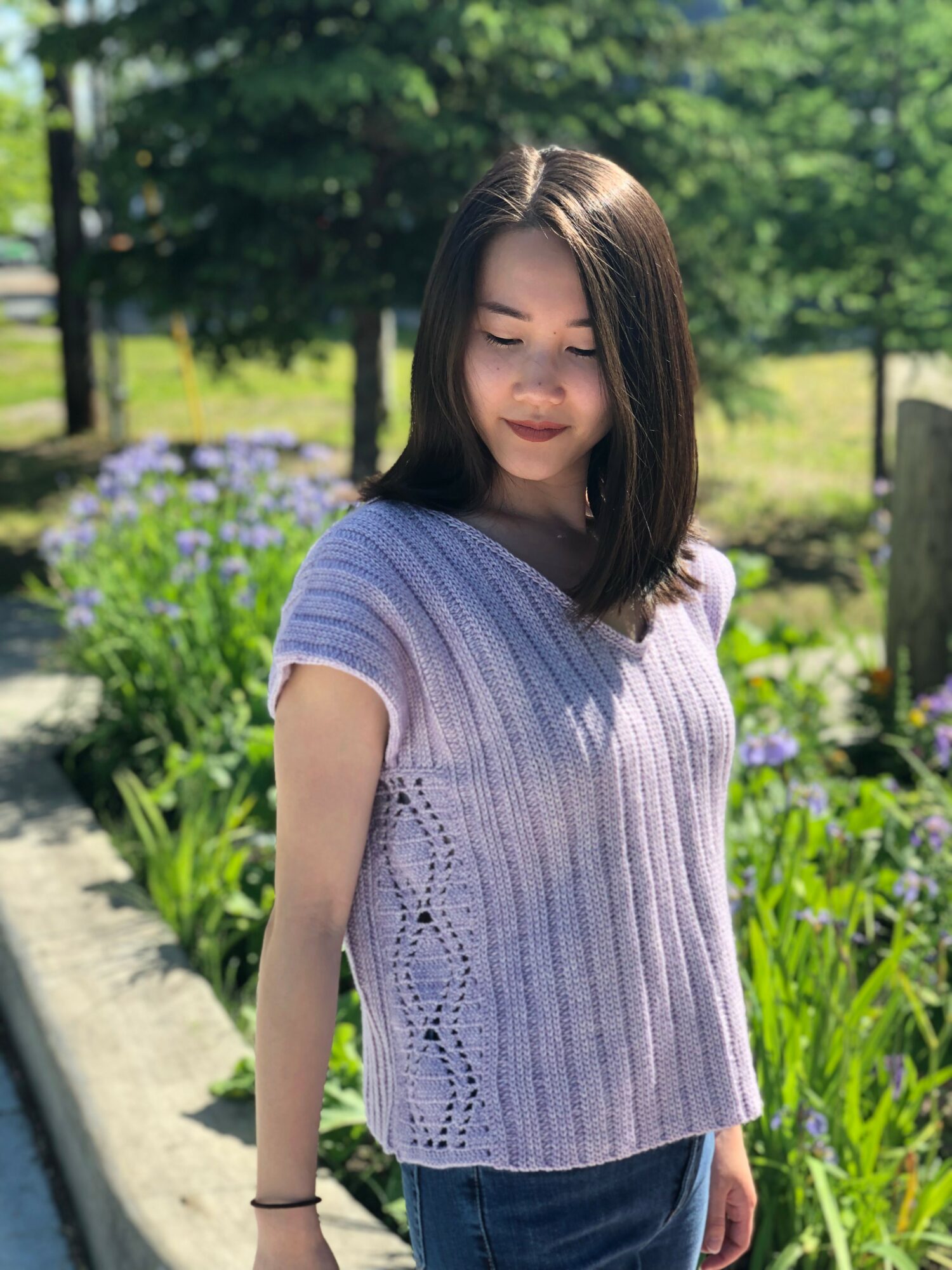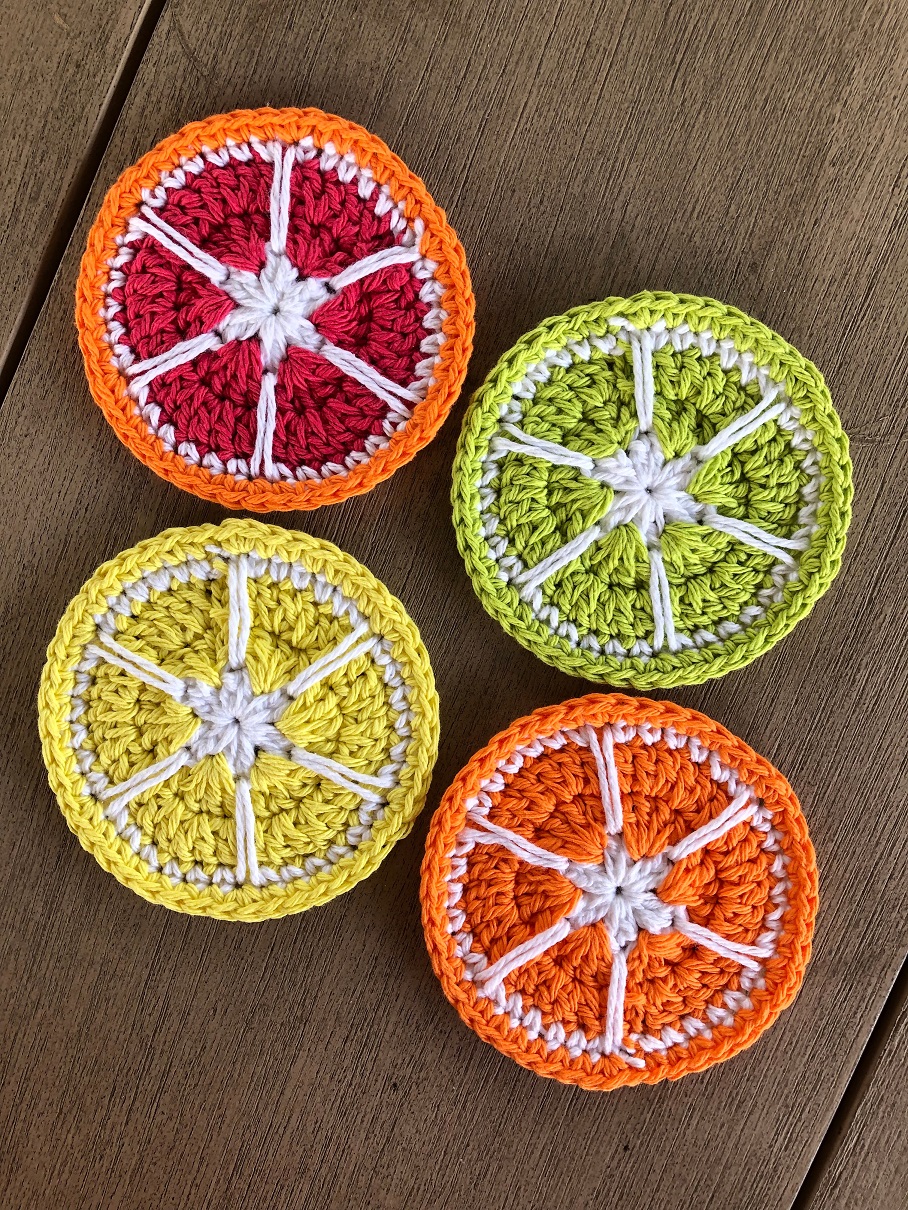
Today we’d like to introduce you to Erin Battle.
Hi Erin, so excited to have you on the platform. So before we get into questions about your work-life, maybe you can bring our readers up to speed on your story and how you got to where you are today?
This is the story of how I went from studying engineering in Canada to becoming a small business owner in the fiber arts in Austin, TX.
I grew up in Ottawa, Canada, I have a Bachelor’s degree in Applied Math, and I received my Master’s degree in Electrical and Computer Engineering in April 2021. I am fairly new to Austin, only having moved here in August 2021. I’ve always been interested in and good at science and math, but I have struggled to find my creative side.
I started crocheting in 2020, among many others during the COVID lockdowns. I didn’t know what crochet was until I was video calling with a friend who told me that she was going to start crocheting. She sent me pictures of things she was planning on making and I was really inspired to try crocheting as well! It definitely took me a while to get the hang of it, but once I did, I couldn’t stop. I started by making simple accessories and home decor for myself and friends until I discovered the fiber community on Instagram. That really opened my eyes to all of the amazing designers and patterns out there.
Before designers publish a pattern, they will often have pattern testers volunteer their time to go through the pattern and make the design to get feedback on it. This feedback can range from pointing out errors in the pattern to noting an awkward fit if the design is made for multiple sizes. I started pattern testing early 2021 which taught me so much about reading patterns, more advanced crochet techniques and stitches and led me to some really great people. I am very detail-oriented, so I really enjoyed pattern testing because I got to look over the pattern for any mistakes and really help the designer get it ready for publishing. Testing patterns for other designers also inspired me to try designing my own patterns. I published my first pattern in August 2021 and I’m planning more designs for this year and next.
I thought that I would be designing more frequently, but in Winter 2021, I learned about a field called technical (tech) editing which seemed like the perfect fit for me. Tech editing is similar to pattern testing, but the editor does not make the design. The editor will go through the designer’s pattern with a fine tooth comb looking for errors and ways to make the pattern more clear for readers, among many other things. With my love of crocheting combined with my educational background in engineering and mathematics, this was basically my ideal job. I have been tech editing for clients since the start of 2022 and have really enjoyed every minute of it so far!
During this whole adventure, I also discovered the world of hand-dyed yarn. I started out by doing some experiments of my own by following tutorials with readily available dye stuff to me – avocados. I loved the idea of being able to give avocado pits and skins a second life before throwing them away. I got this lovely pink dye from them, which sparked my interest in natural yarn dyeing. I continued experimenting with different food scraps to see what color dyes I could achieve. After a lot of research, I eventually moved into dyeing with natural extracts that are more long-lasting than food scrap dyes, though I still save my food scraps for future dye experiments!
Overall, I now do quite a few things in the fiber arts industry. I mainly tech edit crochet patterns and naturally hand-dye yarn, but I also design crochet patterns from time to time. When I have a spare moment, you’ll still find me crocheting away!
Can you talk to us a bit about the challenges and lessons you’ve learned along the way. Looking back would you say it’s been easy or smooth in retrospect?
The whole reason I dove so deep into the fiber industry once I graduated from my Master’s was because I needed a break from academics and the engineering industry. Since starting my academic journey, I’ve never really gotten a break – it had always been either school or work all the time. This break after graduation turned out to be the perfect time for me to explore all of these different fiber arts.
I’ve struggled with the stigma of having engineering degrees but not pursuing them straight away. I think it’s just me overthinking a lot, but I feel this pressure because I spent so many years of hard work studying in the engineering field. My family and friends have all been extremely supportive so I’m really grateful for that. It’s just something that’s always in the back of my mind.
That leads into what I think the biggest thing I’ve struggled with to date – balancing hobby vs business and when to jump back into the engineering field. Crocheting obviously started out as a hobby, but as I explored more of the industry and saw how many people were successful in it, I felt that it could grow into a business. It has been the perfect time for me to dive right in because I could devote all of my time and energy to it without having to worry about another full-time job. I know that it takes a while for businesses to grow and become very successful, so I have found it difficult to gauge if/when I should start looking for other full-time jobs. However, I’ve come to learn that for a business to be successful, you need to treat it as a serious business and not just a “little side thing”, so that’s what I am doing.
Alright, so let’s switch gears a bit and talk business. What should we know about your work?
Currently, there are three sides of my business – designing, tech editing, and yarn dyeing.
I first started with designing crochet patterns. My first pattern released in August 2021 was these cute citrus coasters that are bright and fun – perfect for summer. For people who don’t crochet, I also offer my citrus coasters as a made-to-order option. I have a few other designs in the works at the moment, though I can’t share details on them quite yet! They are set to release later this year and next.
Along with designing, I also tech edit crochet patterns ranging from accessories to garments for various crochet designers. This involves going through the designer’s pattern and looking for errors, both grammatical and mathematical. I will also make sure the pattern is clearly written so that readers easily understand how to make the pattern. It is also really important to check for consistent formatting and language – this can really elevate a pattern when done correctly. Depending on the type of pattern, some designers will also ask for help is “grading”, which is scaling the size of a garment to sizes from XS – 5XL so that instructions for each size can be included in the pattern. Tech editing usually involves spreadsheets, which I am a huge fan of! I love working directly with designers and helping them publish a great pattern.
Finally, probably the most time-consuming part of my business is my naturally dyed yarn. Hand-dyed yarn is truly a labor of love – especially when using natural dyes. Natural dyes are quite unpredictable sometimes, so they require a lot of experimentation to get the exact color you were going for. The whole process from preparing the yarn to dyeing also takes several hours and must be watched very carefully. I hand-dye yarn using natural extracts that mostly come from plants and insects. Many dyers use acid dyes, but I wanted to stick with natural dyes to make sure my practices were eco-friendly and sustainable. It is very popular in the yarn dyeing industry to dye what is called “superwash” yarn because of its ease of care, which is really great for the vast majority of people (it can be machine washed!). However, superwash yarn goes through a process where it is typically chemically treated to give it those washability properties, so instead I choose to dye with untreated yarn which aligns with my eco-conscious practices. I think this sets me apart from other dyers in the industry – using both natural dyes and untreated yarn. There are many dyers who will use one or the other, but my practices are truly dedicated to being sustainable. I’m really proud of this because it is very challenging to work with dyes that can be unpredictable and not give the desired results a lot of the time, but I choose to stick with it and find joy in the experimentation process.
How can people work with you, collaborate with you or support you?
I would absolutely love to work and collaborate with other fiber enthusiasts or other related businesses! My email and messages are always open for collaborations or any questions. You can find me on Instagram @yarnmatter and my website https://yarnmatter.com for all of the information about Yarn Matter and to stay up to date with the latest news.
You can support me by following along on my Instagram and signing up for my email newsletter – I only send out relevant updates and discounts. You can also check out my website and see if there’s anything that catches your eye, there is something for everyone!
Pricing:
- I charge $30 / hour for tech editing.
- My hand-dyed yarn typically runs at about $24 / skein.
Contact Info:
- Email: erin.yarnmatter@gmail.com
- Website: http://yarnmatter.com
- Instagram: http://instagram.com/yarnmatter






Image Credits:
Image 1 (the personal photo) – Pattern: Dawn V-Neck by @keiracarnevaledesigns Image 1 (from pictures uploaded in the last question) – Pattern: Henlopen Crop by @ethosofdesign, Yarn: @montanacrochet Image 2 – Pattern: Wandering Willow Capelet by @knitnknotswpg Image 3 – Pattern: Autumn Stroll Wrap by @knotbadbritt, Yarn: @yarnmatter (me) Image 4 – Pattern: Laurentian Tee by @eat.wander.crochet Image 5 – Pattern: Summar Citrus Coasters by @yarnmatter (me) Image 6 – Yarn: @yarnmatter (me)














Melanie
April 5, 2022 at 5:46 pm
SUPER STAR!
What an interesting multi-faceted new business with a sustainable, eco-friendly approach to fiber arts.
The yarn is beautiful and the crocheted creations are extraordinary.
Singlehandedly creating a business from the ground up is a remarkable labor of love.
Congratulations and wishing you success.